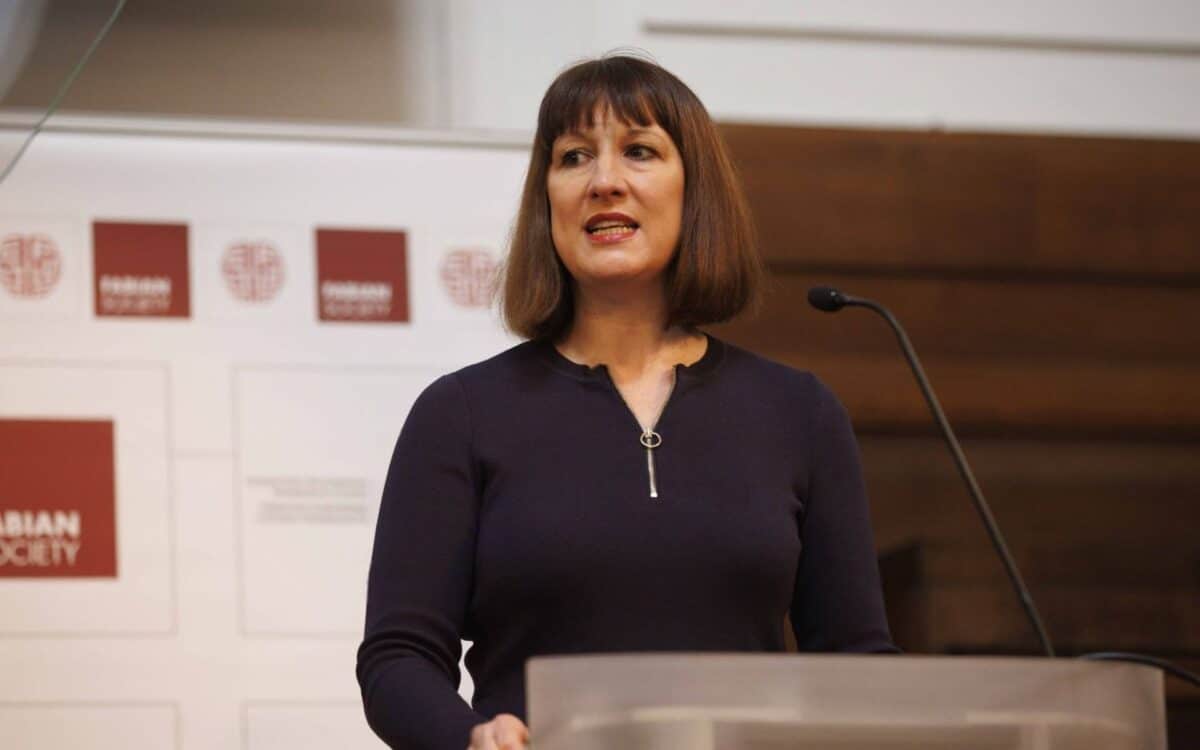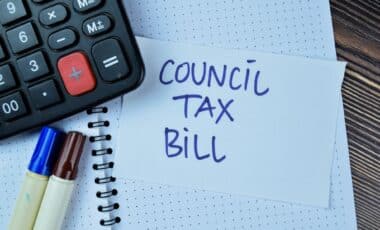UK government borrowing reached £20.2 billion in April, marking the fourth-highest level for that month since comparable records began over three decades ago.
The figure has drawn attention from economic analysts, many of whom are increasingly suggesting that tax adjustments could feature in the upcoming Autumn Budget.
According to reporting by the Daily Record, the rise in borrowing reflects a combination of sustained public spending and constrained revenue growth.
Although no official announcements have been made, the fiscal context signals a tightening landscape, with the potential for new tax measures looming in efforts to keep longer-term economic goals on track.
Borrowing Exceeds Forecasts Amid Spending Pressures
According to the Office for National Statistics (ONS), public sector net borrowing for April exceeded analyst forecasts of £17.6 billion.
The unexpected rise reflects increased government spending, particularly in public sector pay, National Insurance contributions, and inflation-linked rises in state pensions and benefits.
At £1 billion higher than the same time last year, this April’s borrowing was the fourth highest for the start of the financial year since monthly records began more than 30 years ago – said Rob Doody, deputy director for public sector finances at the ONS.
Receipts were up on last April, thanks partly to the higher rate of national insurance contributions. However, this was outweighed by greater spending, due to rising public services’ running costs and increases in many benefits and state pensions.
Departmental Spending and Social Benefits Continue to Rise
Central government departmental spending on goods and services rose by £4.2 billion year-on-year, reaching £37.9 billion in April. This increase was driven by pay uplifts and cost inflation.
In parallel, social benefits paid by the state grew by £1.3 billion, totalling £26.8 billion, following inflation-linked adjustments across a range of benefits.
Revised Deficit Still Above Official Forecasts
The ONS also revised down its estimate of borrowing for the 2024–25 fiscal year by £3.7 billion, now pegged at £148.3 billion. Despite this adjustment, the total remains £11 billion above the forecast made by the Office for Budget Responsibility (OBR).
Public sector net debt stood at 95.5% of GDP at the end of April, which is 0.7 percentage points higher than a year earlier and reflects debt levels last seen in the early 1960s.
Mounting Fiscal Pressure Suggests Higher Taxes Ahead
Chancellor Rachel Reeves remains committed to meeting her fiscal rule of balancing day-to-day spending with revenues by 2029/30. However, this is complicated by factors such as the partial reversal of cuts to Winter Fuel Payments and the government’s pledge to increase defence spending.
Ruth Gregory, deputy chief UK economist at Capital Economics, stated:
April’s public finances figures showed that despite the boost from the rise in employers’ national insurance (NI) contributions, the fiscal year got off to a poor start.
With the PM announcing a partial U-turn on the cut to winter fuel payments, the dilemma faced by the Chancellor over how to deal with increased spending pressures in an environment of low economic growth and high interest rates hasn’t gone away.
With the markets seemingly uneasy about more public borrowing, further tax rises are starting to feel inevitable.
Matt Swannell, chief economic adviser to the EY Item Club, added:
A potential reversal of Winter Fuel Payment cuts and the likelihood that defence spending will need to rise again will make the fiscal arithmetic even more challenging and increase the pressure to generate more revenue through tax rises.
He also warned that pressures on economic growth from US tariff plans could
More than eliminate the slim headroom – against fiscal rules.
Frozen Tax Thresholds and Fiscal Drag
The Personal Allowance—the amount of income not subject to tax—remains frozen at £12,570 until the 2028/29 financial year.
While this measure aims to raise revenue without headline tax increases, it contributes to so-called fiscal drag, pulling more earners into higher tax bands as incomes rise nominally.
Income Tax Variations Across the UK
While the Personal Allowance is consistent across the UK, tax bands differ significantly. In Scotland, the 2025/26 income tax rates for those with a standard allowance are:
- Starter rate (19%): £12,571 to £15,397
- Basic rate (20%): £15,397 to £27,491
- Intermediate rate (21%): £27,491 to £43,662
- Higher rate (42%): £43,663 to £75,000
- Top rate (48%): over £125,140
By contrast, taxpayers in England and Wales face the 20%, 40%, and 45% bands beginning at £12,571, £50,271, and over £125,140 respectively.
Chief secretary to the Treasury Darren Jones acknowledged the fiscal challenges but highlighted policy measures aimed at economic recovery:
After years of economic instability crippling the public purse, we have taken the decisions to stabilise our public finances, which has helped deliver four interest rate cuts since August, cutting the cost of borrowing for businesses and working people.
We’re fixing the NHS, with three million more appointments to bring waiting lists down, rebuilding Britain with our landmark planning reforms and strengthening our borders, delivering on the priorities of the country through our Plan for Change.









